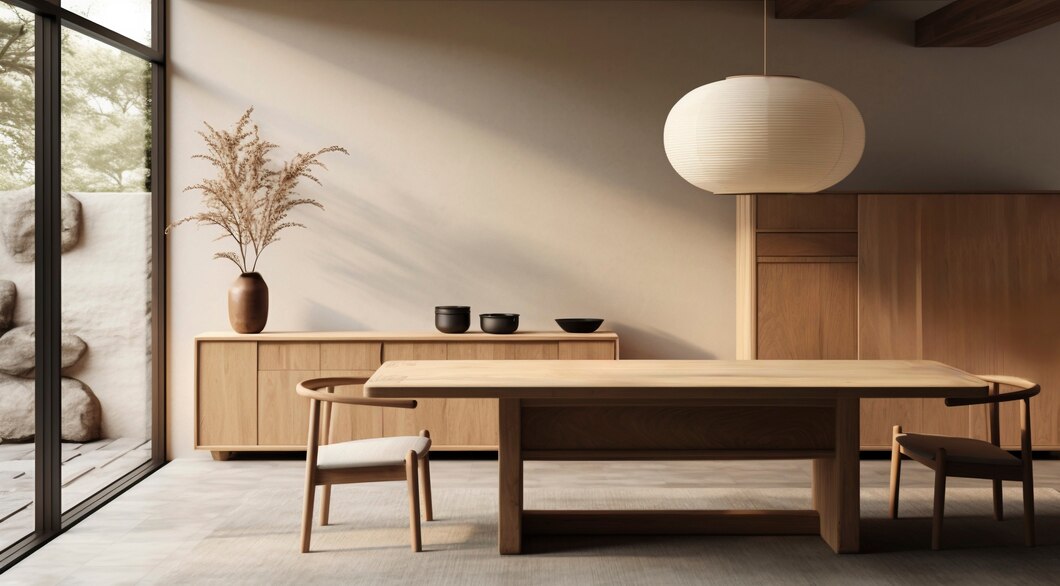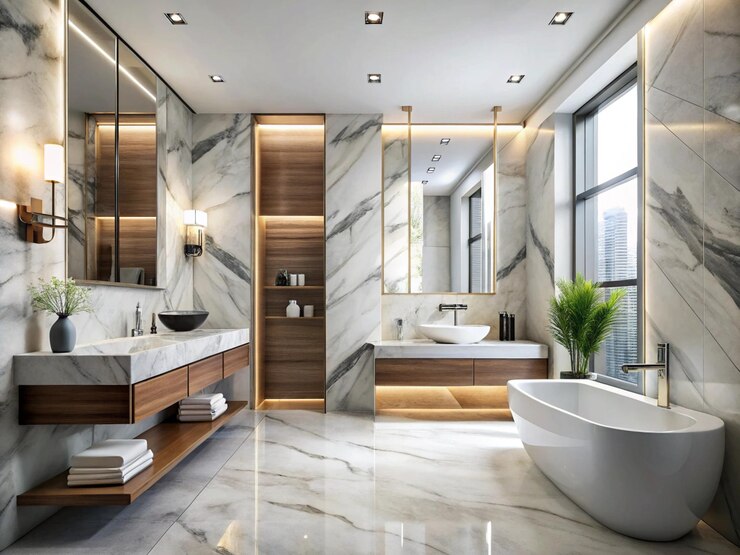
Discover everything you need to know about bird houses in this comprehensive guide. From types and materials to building and placement tips, learn how to attract birds and enhance your garden.
Table of Contents
ToggleIntroduction
Bird houses are more than just charming additions to your garden; they serve a crucial role in providing shelter and safety for a variety of bird species. This guide delves into the fascinating world of bird houses, exploring their types, benefits, and the best practices for building and maintaining them. Whether you’re a seasoned bird enthusiast or a curious beginner, this extensive guide will equip you with all the knowledge you need to create the perfect bird house for your feathered friends.
The Importance of Bird Houses
Bird houses play a vital role in supporting local avian populations. They offer a secure environment for birds to nest and raise their young. In urban and suburban areas where natural nesting sites are scarce, bird houses provide an essential refuge. By installing bird houses, you contribute to the preservation of bird species and promote biodiversity in your local ecosystem. Understanding their significance helps in appreciating why proper placement and construction are crucial.
Types of Bird Houses
Bird houses come in various designs, each tailored to meet the needs of different bird species. Traditional bird houses are designed to attract common backyard birds like bluebirds and chickadees. These houses typically have simple, functional designs with a small entrance hole. On the other hand, specialized bird houses cater to specific species with unique requirements. For example, purple martin houses are large and communal, accommodating multiple pairs of birds. Understanding the different types of bird houses and their intended inhabitants is key to successful bird watching and conservation efforts.
Materials Used in Bird House Construction
The materials chosen for building bird houses can impact their durability and attractiveness to birds. Common materials include wood, metal, and plastic. Wooden bird houses, particularly those made from cedar or pine, are popular due to their natural insulation properties and ease of construction. However, metal and plastic bird houses offer advantages in terms of weather resistance and ease of cleaning. Each material has its pros and cons, so it’s essential to select one that suits your local climate and the bird species you wish to attract.
Designing Your Bird House
Designing a bird house involves considering both aesthetic appeal and functionality. The size of the bird house, the dimensions of the entrance hole, and the placement of ventilation holes all contribute to its effectiveness. A well-designed bird house should be spacious enough to accommodate a nesting pair while providing protection from the elements. Additionally, incorporating features like predator guards and drainage holes can enhance the safety and comfort of the bird house. Creative designs can also add a decorative touch to your garden while serving a practical purpose.
Building Your Bird House
Building a bird house can be a rewarding DIY project that allows you to customize the design according to your preferences. Start by gathering the necessary materials and tools, such as wood planks, nails or screws, and a saw. Follow a detailed plan or blueprint to ensure accurate measurements and construction. As you build, pay attention to details like ventilation and drainage to ensure the bird house is functional and comfortable. If you’re new to woodworking, consider starting with a simple design and gradually progressing to more complex structures.
Installing Your Bird House
Proper installation is crucial for attracting birds and ensuring the longevity of your bird house. Choose a location that provides safety from predators and harsh weather conditions. Ideally, place the bird house at a height of 5 to 10 feet off the ground, with an unobstructed flight path. Ensure the entrance hole faces away from prevailing winds to protect the birds from harsh weather. Additionally, consider using mounting options such as poles or hanging brackets to secure the bird house in place.
Maintaining Your Bird House
Regular maintenance is essential for keeping your bird house in good condition and ensuring it remains a suitable habitat for birds. Clean the bird house annually to remove old nesting material, parasites, and debris. Inspect the structure for any signs of damage or wear and make necessary repairs. During the breeding season, avoid disturbing the bird house to minimize stress for the nesting birds. Proper maintenance helps extend the lifespan of the bird house and supports the health and safety of its avian occupants.
Attracting Birds to Your Bird House
To attract birds to your bird house, consider adding features that make it appealing to potential inhabitants. Providing food and water sources nearby can encourage birds to explore and settle in your bird house. Additionally, using bird house designs that are specific to the species you wish to attract can increase the likelihood of occupancy. It’s also helpful to monitor the bird house for signs of interest and make adjustments as needed to enhance its attractiveness.

The Role of Bird Houses in Conservation
Bird houses play a significant role in conservation efforts by providing essential nesting sites for birds in areas where natural habitats are limited. By installing and maintaining bird houses, you contribute to the protection of vulnerable bird species and support local biodiversity. Engaging in bird house projects can also raise awareness about conservation issues and inspire others to participate in similar efforts. Understanding the broader impact of bird houses on conservation can enhance your appreciation for these valuable structures.
Challenges in Bird House Use
Despite their benefits, bird houses can present challenges that need to be addressed for successful bird nesting. Common issues include predation by animals such as squirrels and raccoons, as well as competition from other birds. Implementing predator guards and carefully selecting the location of the bird house can help mitigate these challenges. Additionally, monitoring the bird house for signs of problems and making timely adjustments can ensure a positive experience for the nesting birds.
Bird House Design Trends
Bird house designs have evolved over time, with contemporary trends focusing on aesthetics and functionality. Modern bird houses often feature innovative designs that blend seamlessly with garden decor while providing practical benefits for birds. For instance, decorative bird houses that mimic architectural styles or incorporate unique materials can add a stylish touch to your outdoor space. Staying informed about current design trends can inspire creative ideas and enhance the appeal of your bird house.
DIY Bird House Projects
Engaging in DIY bird house projects can be a fulfilling and educational experience. There are numerous plans and tutorials available for building bird houses of various designs and complexities. Whether you prefer a traditional wooden bird house or a more elaborate structure, DIY projects allow you to customize every aspect of the bird house to meet your preferences and needs. Sharing your creations with others and encouraging them to participate in bird house projects can foster a greater appreciation for bird conservation.
Seasonal Considerations for Bird Houses
Different seasons present unique challenges and opportunities for bird house use. In the spring and summer, bird houses are in high demand as birds seek nesting sites for raising their young. During the fall and winter, bird houses can provide crucial shelter from harsh weather conditions. Adapting your bird house maintenance and placement strategies to align with seasonal changes can enhance its effectiveness and ensure it remains a valuable resource throughout the year.
Bird House Safety and Security
Ensuring the safety and security of your bird house is essential for protecting the birds that use it. This includes safeguarding against predators, ensuring the structure is stable and secure, and providing a clean and healthy environment for nesting. Implementing safety measures such as predator guards, secure mounting, and regular maintenance can help create a safe haven for birds and support their well-being.
The Impact of Bird Houses on Local Ecosystems
Bird houses can have a significant impact on local ecosystems by supporting bird populations and promoting biodiversity. By providing additional nesting sites, bird houses help sustain local bird species and contribute to the overall health of the ecosystem. Observing the interactions between birds and their environment can offer valuable insights into the benefits of bird houses and their role in ecosystem dynamics.
Choosing the Right Bird House for Your Garden
Selecting the right bird house for your garden involves considering factors such as the types of birds you wish to attract, the design and materials of the bird house, and the specific conditions of your garden. Researching the needs of different bird species and matching them with appropriate bird house designs can enhance your chances of success. Additionally, consulting with local birding experts or organizations can provide valuable guidance and recommendations.
Bird House Innovations and Technology
Innovations in bird house design and technology have introduced new features and enhancements to improve their functionality and appeal. From automated bird house monitoring systems to advanced materials that enhance durability, technological advancements offer exciting possibilities for bird house enthusiasts. Exploring these innovations can provide inspiration for creating a cutting-edge bird house that combines tradition with modern technology.

Community Involvement and Bird House Projects
Community involvement in bird house projects can amplify their impact and foster a collective commitment to bird conservation. Organizing community events, workshops, or volunteer projects focused on building and installing bird houses can engage others in meaningful conservation efforts. Collaborating with local organizations, schools, or nature centers can enhance the reach and effectiveness of bird house initiatives, creating a stronger community connection to bird conservation.
Future Trends in Bird House Design
As interest in bird conservation and backyard birding continues to grow, future trends in bird house design are likely to evolve. Emerging trends may focus on sustainability, eco-friendly materials, and innovative design features that cater to the changing needs of bird species. Staying informed about future trends can inspire new ideas and help ensure that your bird house remains relevant and effective in supporting bird populations.
Conclusion
Bird houses are more than just decorative elements in your garden; they are essential tools for supporting bird populations and enhancing local ecosystems. By understanding the various types, materials, and designs of bird houses, you can create a welcoming environment for birds and contribute to conservation efforts. Whether you choose to build your own bird house or select one from a range of designs, the knowledge and care you invest will ultimately benefit the feathered friends that visit your garden.
Read also: Exploring the Magic of wind chimes





